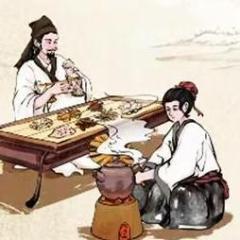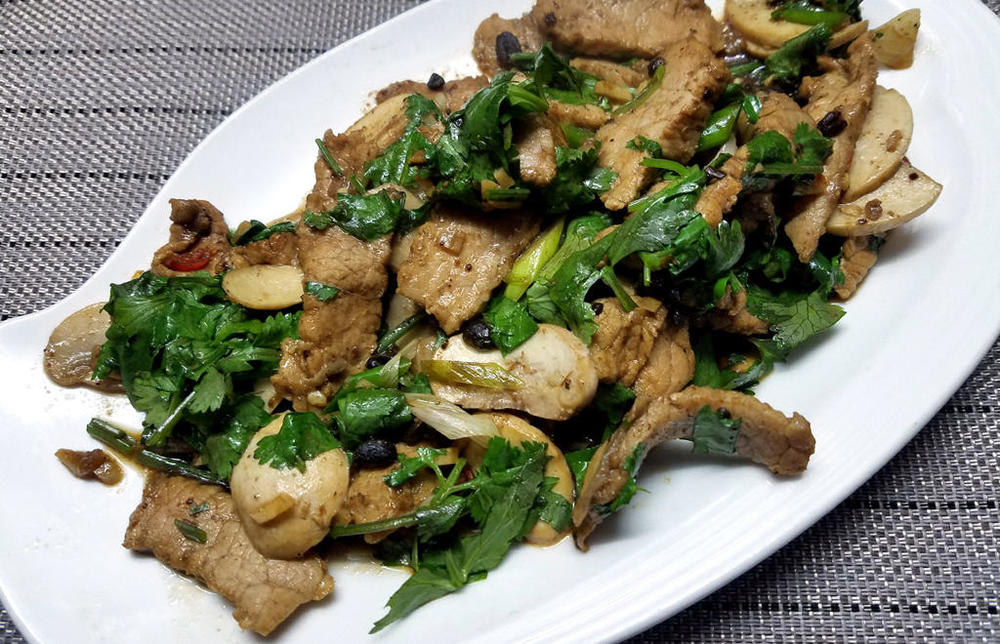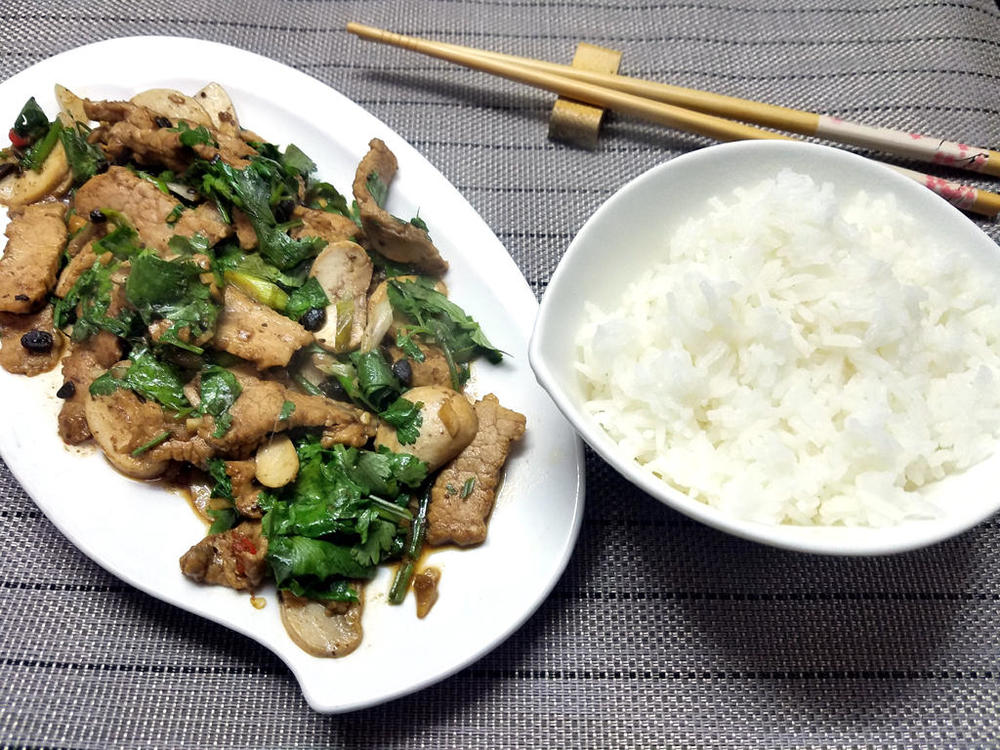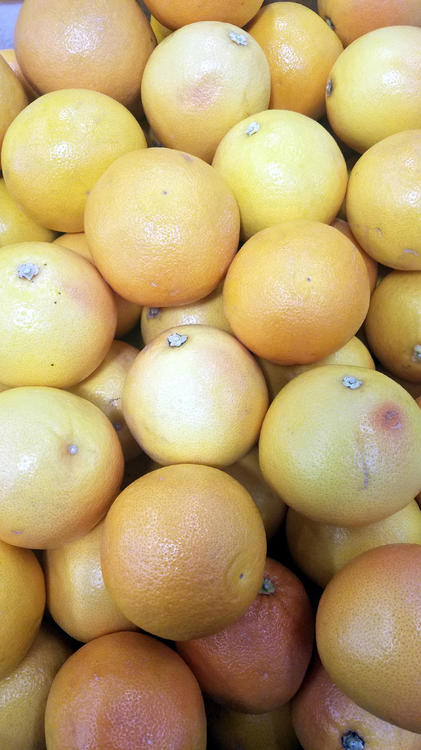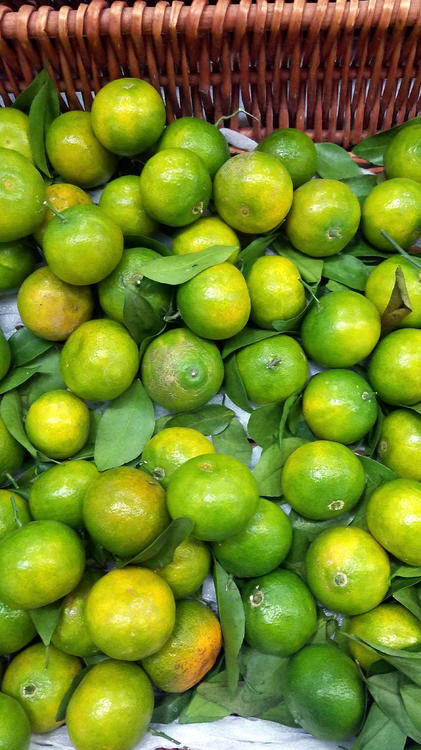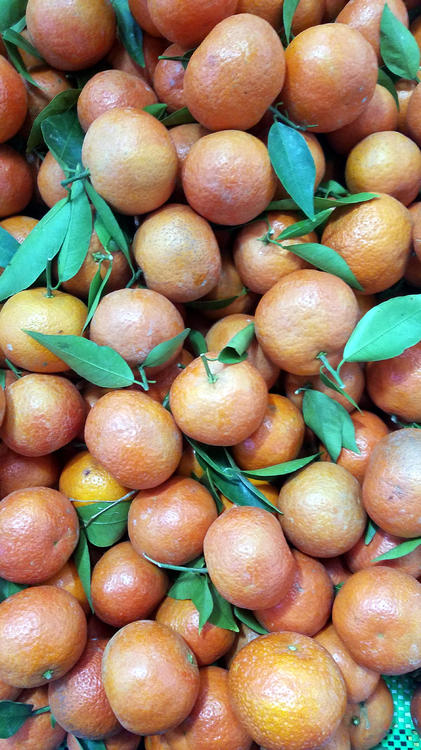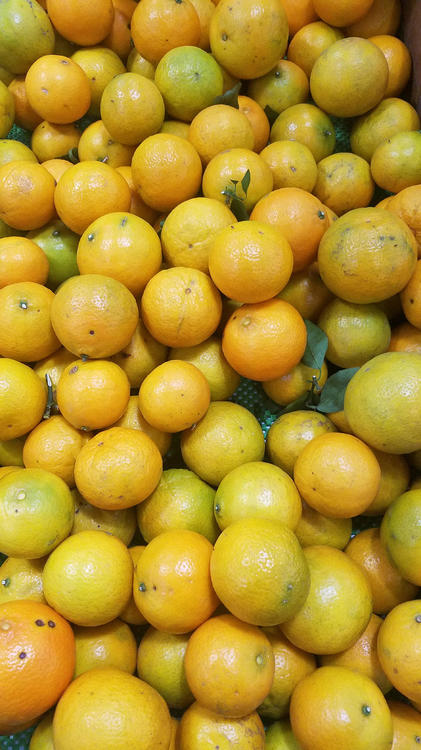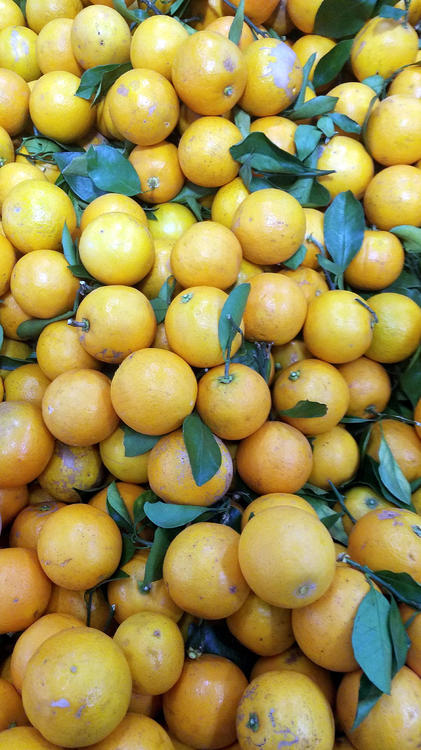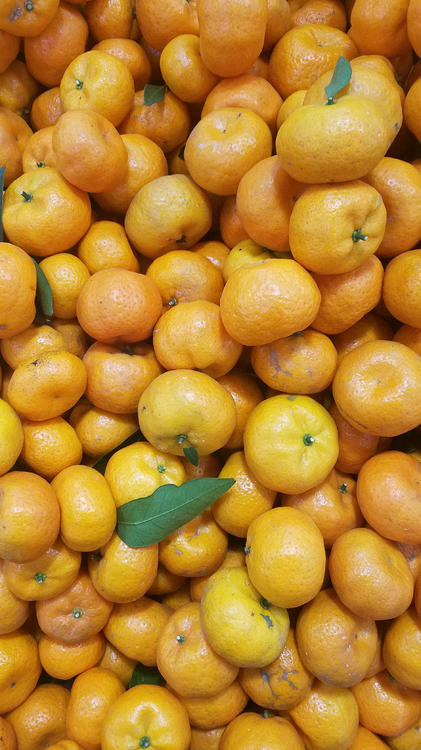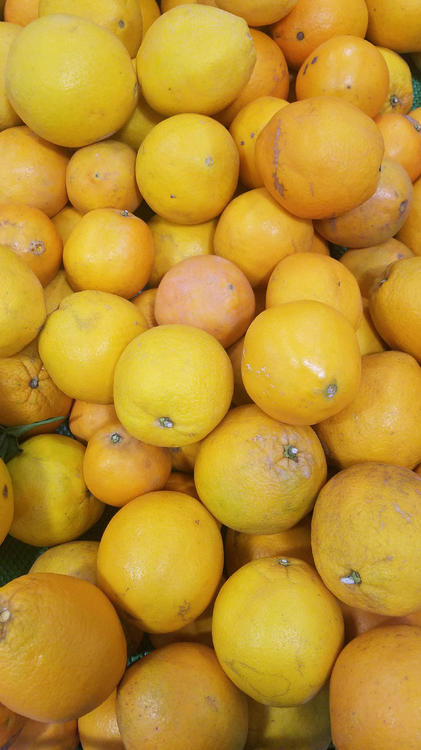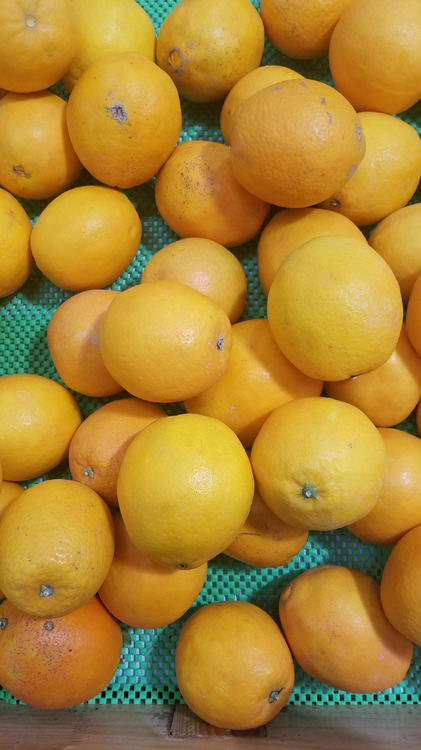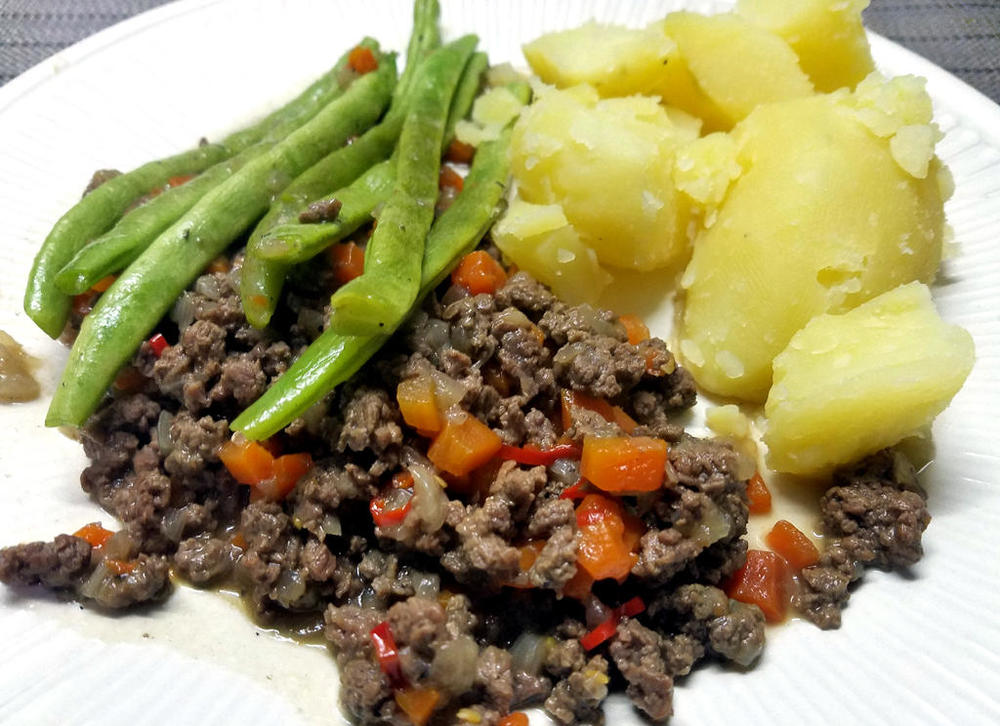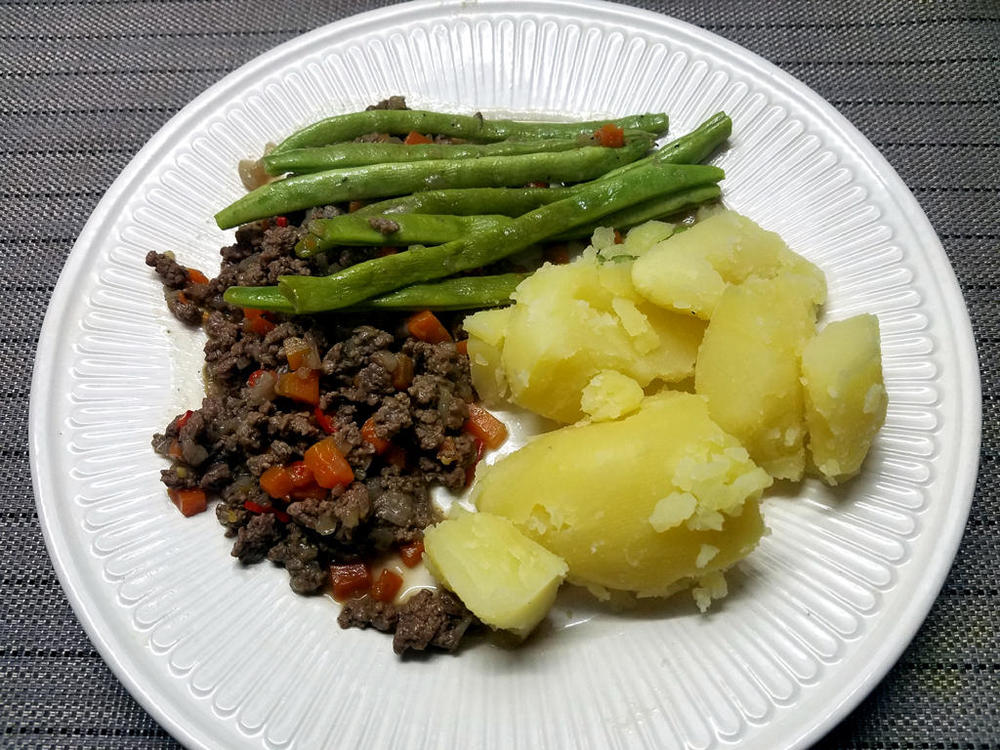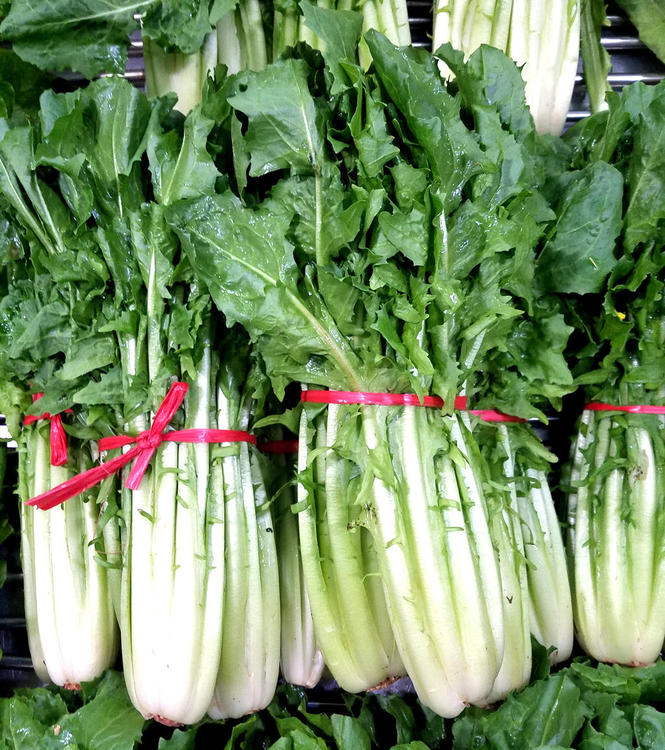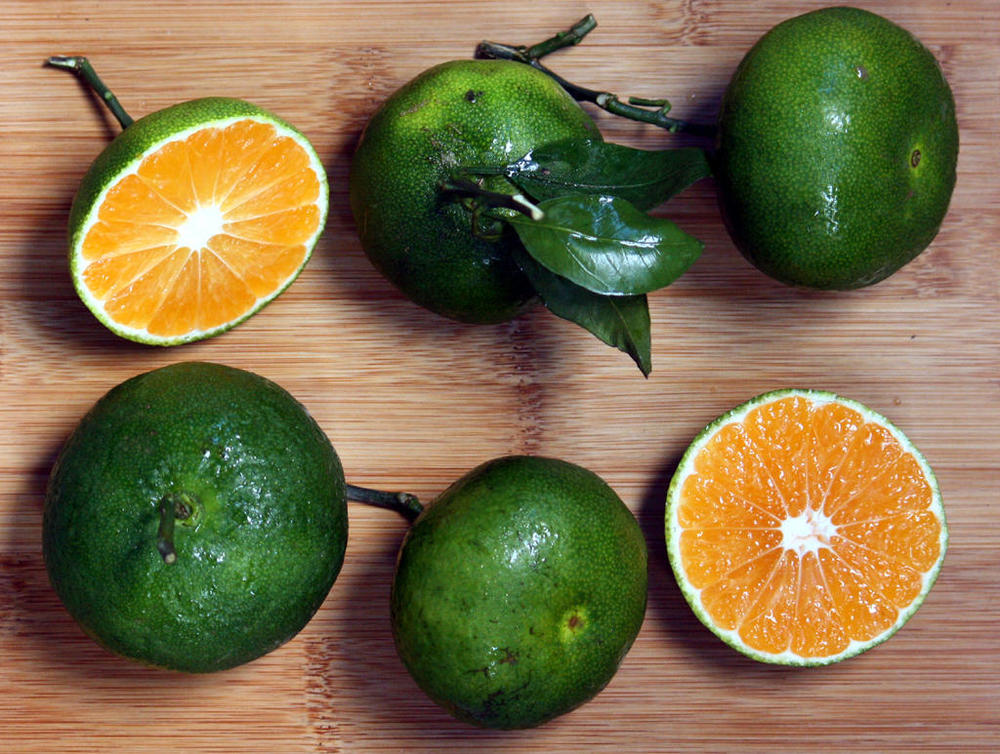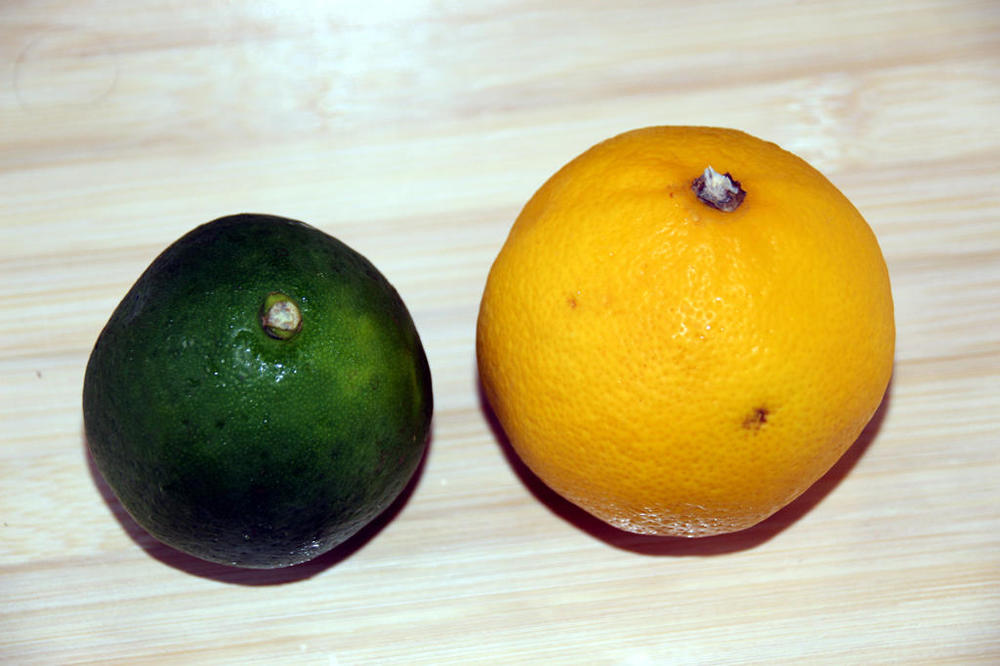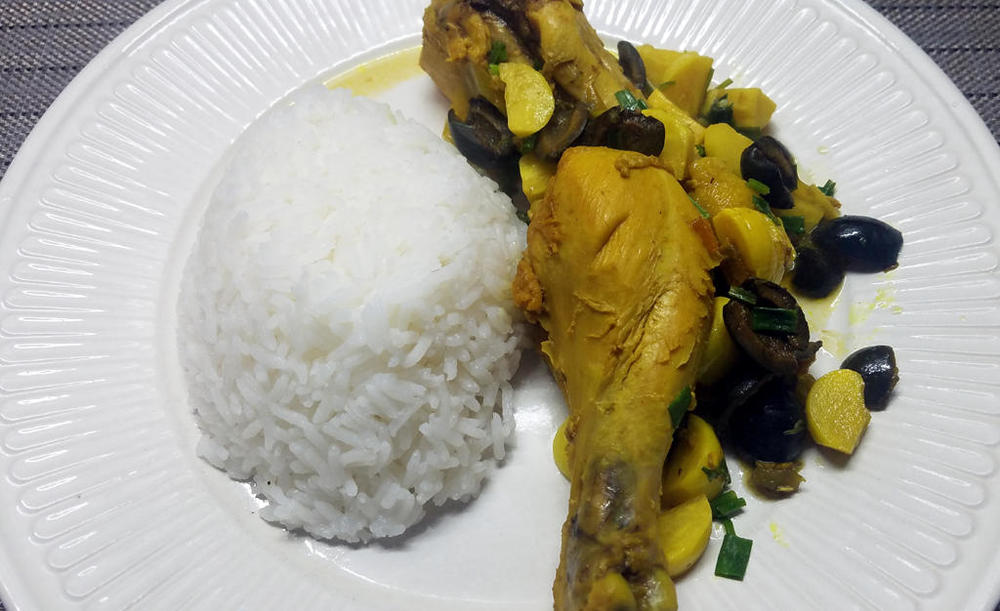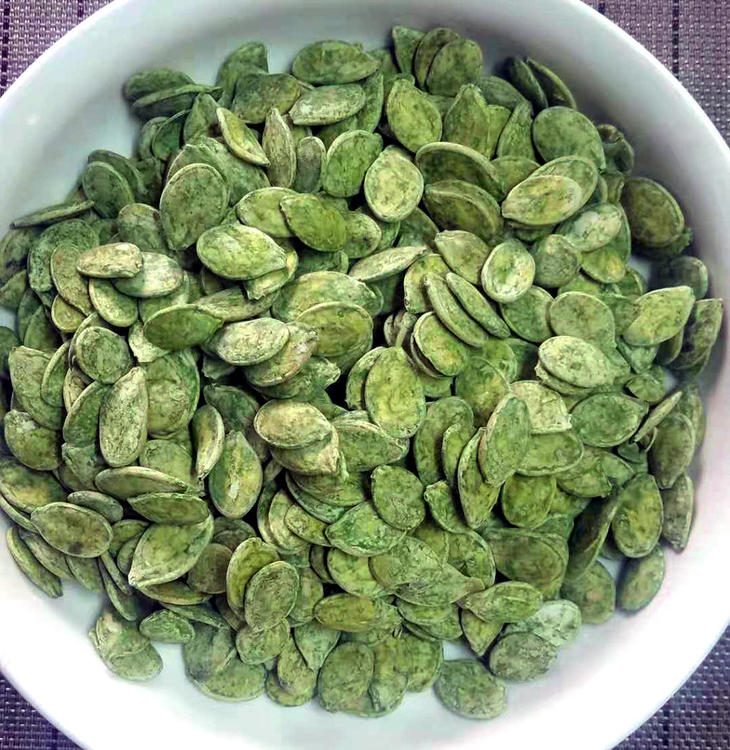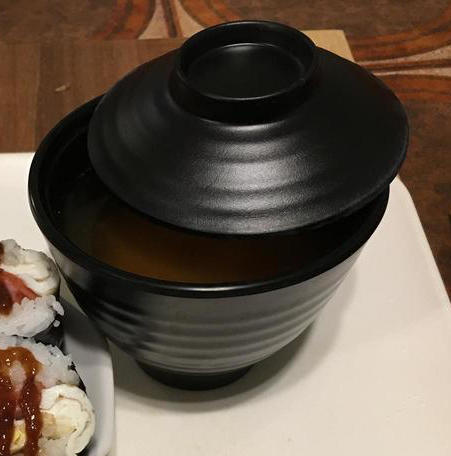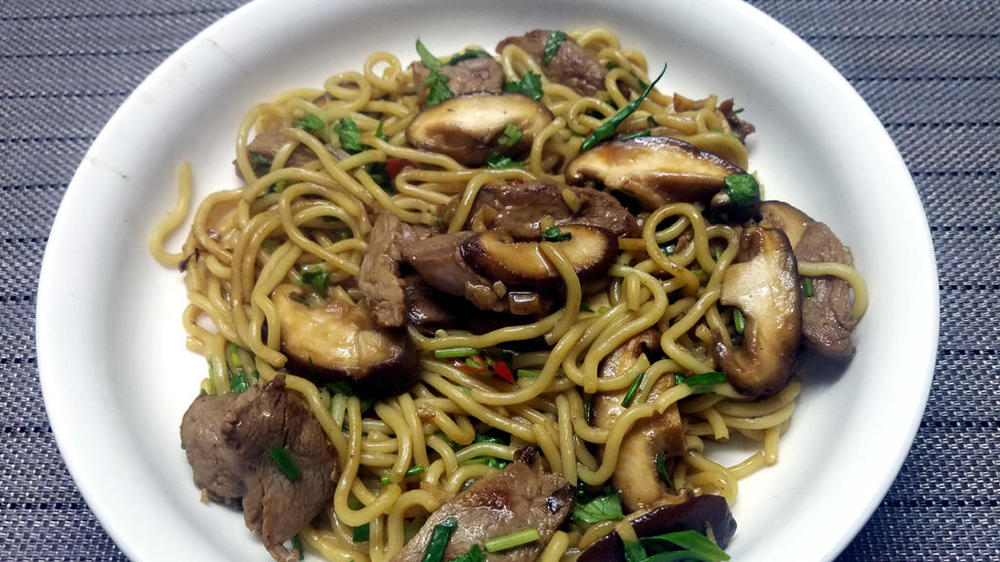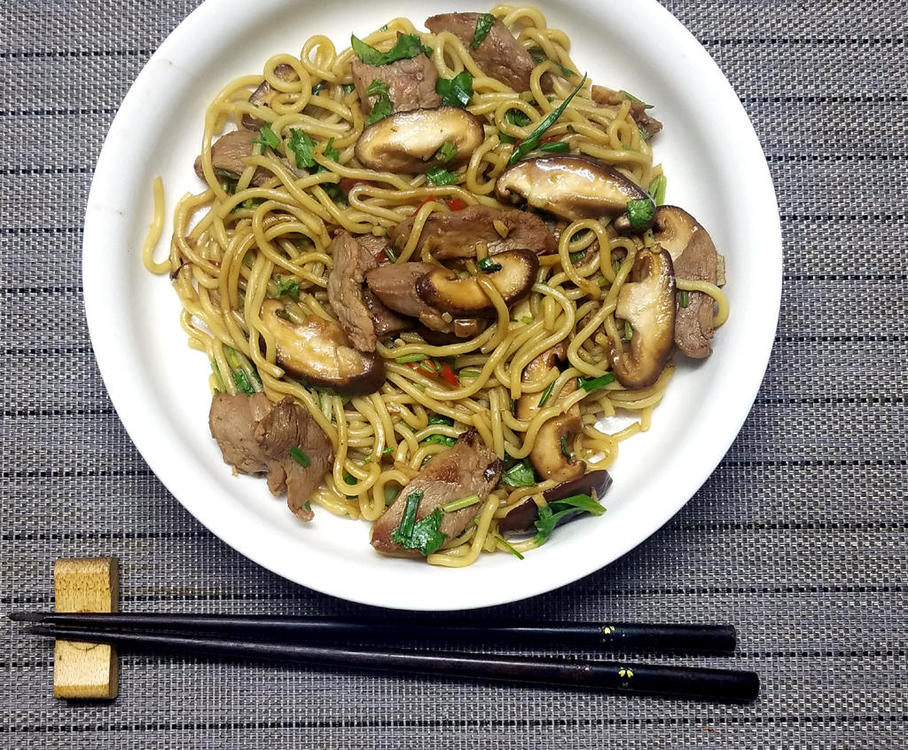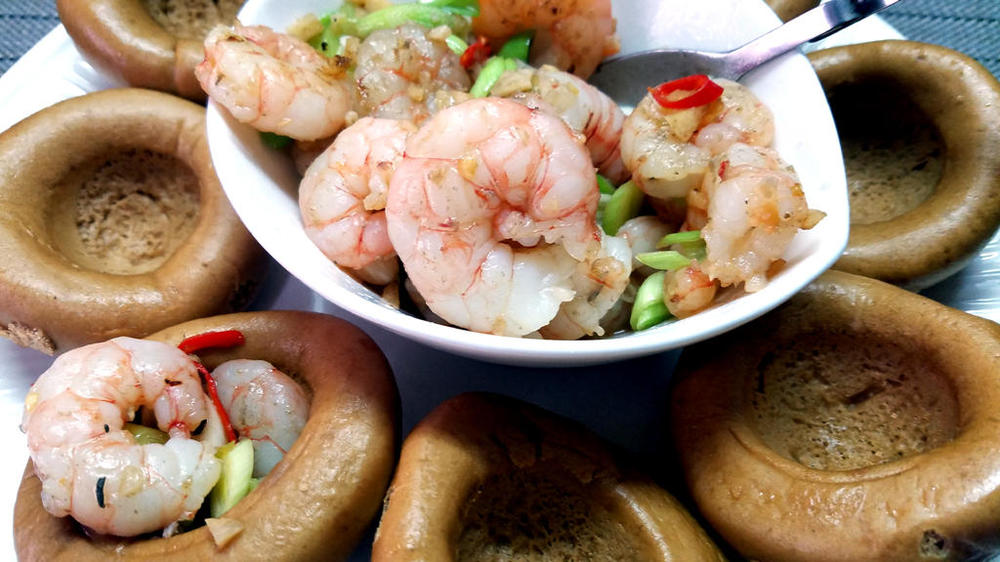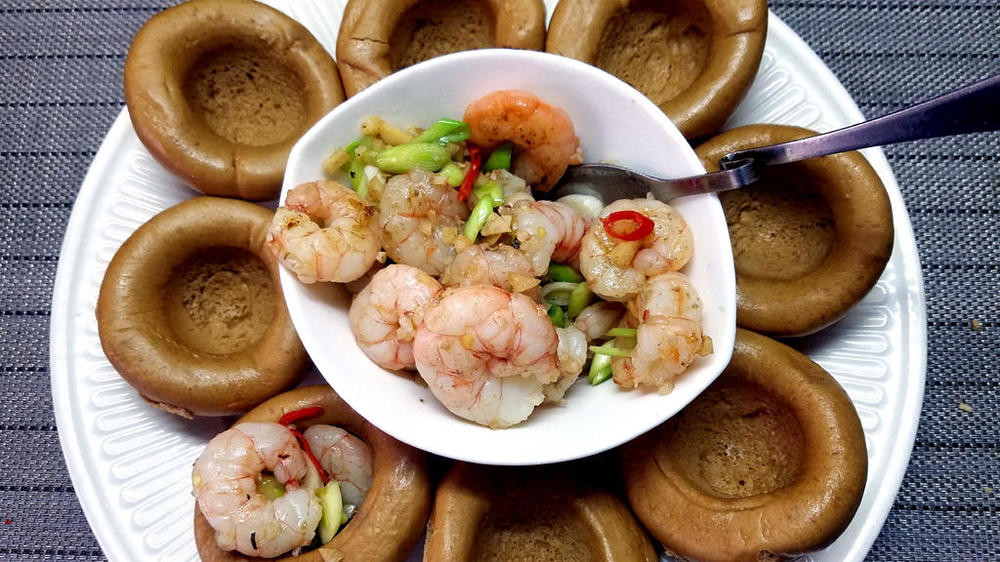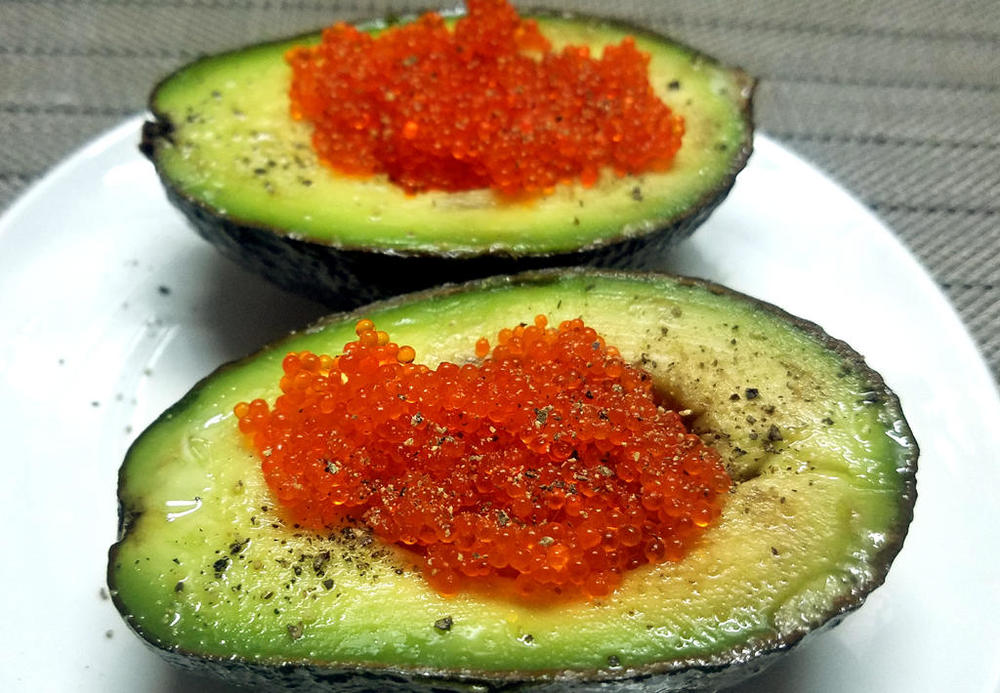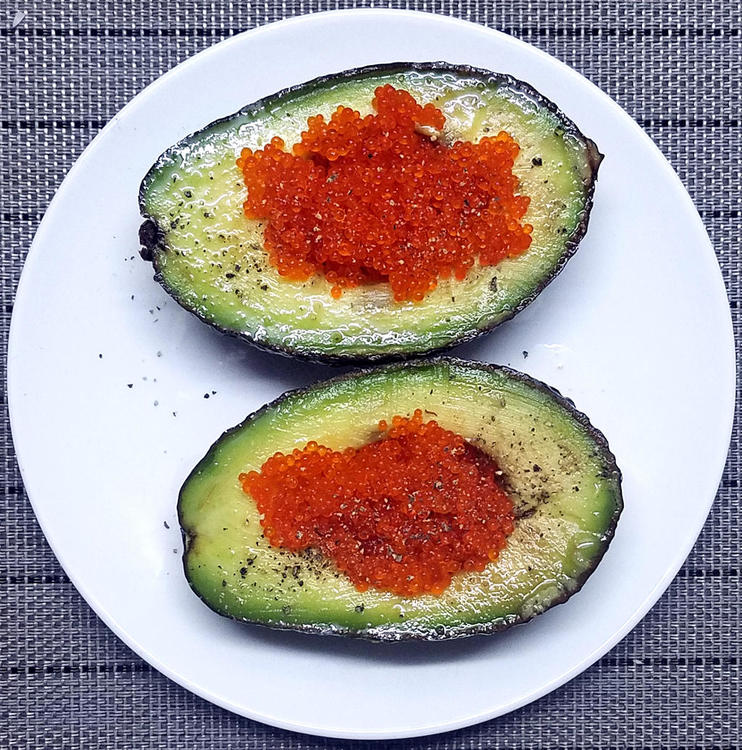-
Posts
16,667 -
Joined
-
Last visited
Content Type
Profiles
Forums
Store
Help Articles
Everything posted by liuzhou
-
The only crucial thing for me, and I use different rices, is working out the correct water/rice ratio for each type. Once I crack that, it is perfect each time. I mainly cook Jasmine/ Hom Mali rice, but recently my regular brand was out of stock and I had to choose another. The amount of water required for perfection (in my view) was slightly different, but I worked it out quickly. I've also cooked sushi rice, sticky rice, arborio rice, red rice, black rice etc. They all require slightly different ratios.
-
Another fermented black bean dish. Pork slices marinated in Shaoxing, with garlic, ginger, black beans and chillies. Stir fried with sliced mushrooms, and finished with soy sauce, scallions and coriander leaf. Rice. Simple but tasty.
-
Many market stalls here let you try at least a segment of one before you buy. Small tangerine types, you'll usually get a whole one. Of course, it isn't a 100% guarantee that what you buy will be the same, but usually near enough. Very seldom do you get to try in supermarkets, though. I find sniffing them is a good, if not foolproof plan. The good ones usually smell better, too.
-
I just remembered. They had lemons, too. I bought a couple.
-
I shuffled out mumbling into the frozen rain this morning to obtain any form of sustenance from the nearest store - fortunately a smallish supermarket. Among their offerings, I noticed that they had several representatives of the citrus family. For example: These were labelled "巴西柑 (bā xī gān)", which literally means "Brazil Tangerines", but they have little to do with Brazil. They are citrus sinensis and native to China. THat said Brazil does now grow more than anyone else, so perhaps that's why. These were grown in Hunan, the province to the north of us, though. Next, we have 大红柑 (dà hóng gān) or large red tangerines. and 宫柑 (gōng gān) or 'palace tangerines', so called because they were once reserved for sending as tribute to the emperors in the Imperial Palace (aka Forbidden City). Now, foreign plebs like me can eat them. Next up: 蜜柑 (mì gān). Literally 'honey tangerine', but honey is often used just to mean 'sweet'. Then the oranges. Those are 砂糖橙 (shā táng chéng) which means 'sugar orange'. Again sugar is just used to mean 'sweet'. 脐橙 (qí chéng) or 'navel oranges'. 赣南甜橙 (gàn nán tián chéng), literally South Jiangxi (Province) Sweet Oranges Then we have: 花皮金橘 (huā pí jīn jú) - 'flower skin kumquats' and 西柚 xī yòu - 'grapefruit' They also had four different kinds of pomelos, but the battery in my cell phone died. I'll photograph them tomorrow. I find this an astonishing number of citrus fruits for a small neighbourhood supermarket to carry, but they were selling well. I bought the green-skinned ones at the top.
-
-
Mine either, but it's the only type I can get here other than weird Chinese stuff. I probably eat one a year.
-
Try all three and get back to us!
-
Haven't been cooking much recently. A combination of being busy, stress and apathy. Also, the few things I have cooked have been old stand-bys I have posted too many times already. Like this. Comfort food maximus (with a couple of twists). Good old mince and tatties, but laced with chilli and Vietnamese fish sauce. With boiled spuds for on-plate, fork mashing, the only truly civilised way to mash spuds. Green beans fried in bacon fat. Dessert was beer and a Snickers bar.
-
This turned up in one market today. Artemesia japonica. 鸡肉菜/雞肉菜 (Mand: jī ròu cài; Cant: gai1 juk6 coi3), literally and inexplicably "chicken meat vegetable"'. This is closely related to the plant in the previous post, but is sold as a leaf vegetable for stir frying or using in hot pots. It is bitter, which may be why this site rates it as only 1/5 edible. I guess they don't like bitter. Folks around here do, including me. I'd give it 3/5.
-
Yeah, the first ten years or so that I lived in China, I never saw lemons, but they are easily available here in the south, now. They are occasionally used with fish, but I'm not really sure what most people do with them. I don't recall ever being served any dish with lemon in a Chinese home, but all the supermarkets and markets have them. I must ask. But then there is the local, famous Zhuang dish from Guangxi - Zhuang Lemon Duck.
-
The BBC's Food Programme has just issued its latest podcast on the best of 2018 in cookbooks. I've just downloaded it and haven't listened yet, but the programme is usually reliable and interesting.
-
That's easy. We never get limes! They are always lemons. Well, almost. I found limes twice in twenty years. The problem is exacerbated by the fact that the Chinese for green lemons is 青柠檬 (qīng níng méng), where as the Chinese for limes is 青柠檬 (qīng níng méng). Yup! The same. There is another way to say limes - 莱姆 (lái mǔ) in most dictionaries, but I've never seen or heard it used in real life. It is a phonetic rendition of the English using meaningless characters. I stock up on limes when I visit Vietnam, which is nearby.
-
We get green oranges all the time here in China. They are very sweet. They are the smaller tangerine or satsuma type. We also get green lemons. Lemons
-
Turmeric chicken with garlic, ginger, green and red chillies, Chinese chives and black olives. Rice. There was a side of green beans with bacon which I did remember to photograph. Unfortunately, I didn't remember to focus the shot. Hey, Give me a break! I was hungry!
-
乌龙茶南瓜子 (wū lóng chá nán guā zi) Oolong tea flavoured (and coloured) pumpkin seeds for the nibbling of.
-
@Anna N Coincidentally, I was eyeing up a black thingy like that today, "thingy" being the official Chinese term. There may be a more colloquial expression.
-
Wasn't that hungry tonight. I don't know why. Took a duck breast and skinned and sliced thinly (reserving said skin). Marinated in Shaoxing wine with garlic, ginger, chilli and dried tangerine peel. Stir fried with shiitake and fresh ramen noodles. Finished with Chinese chives and coriander leaf/cilantro.
-
-
That one was from Chile, but we also get them from Peru. This is a relatively new thing. Ten years ago, no one knew what they were and even today, most people don't know what they are.
-
Blodplättar. I've eaten that, but in Norway. No forest fires there, either. It's all beginning to make sense!
-
Avocado with flying fish roe (Chinese: 飞鱼籽 (fēi yú zǐ); Japanese: tobiko ( とびこ )); olive oil and rice wine vinaigrette; Vietnamese sea salt and black pepper. Toast on the side.
-
I have seen them being used on street food stalls in northern China to spread pancake batter evenly. I'd call it a pancake spreader, but the notable lack of forest fires in northern China proves it's efficacy as a rake. Pancake experts, being able to pour evenly, don't need to use rakes, but then government regulations make sure they never operate in forest areas. Does Finland have pancakes? I'm sure they must.


